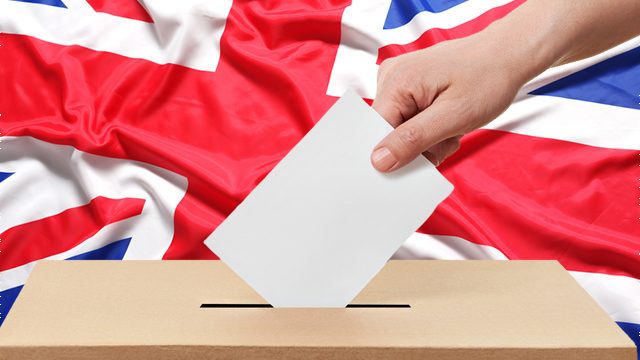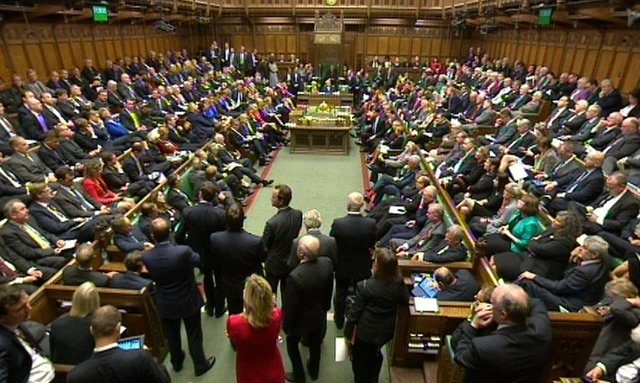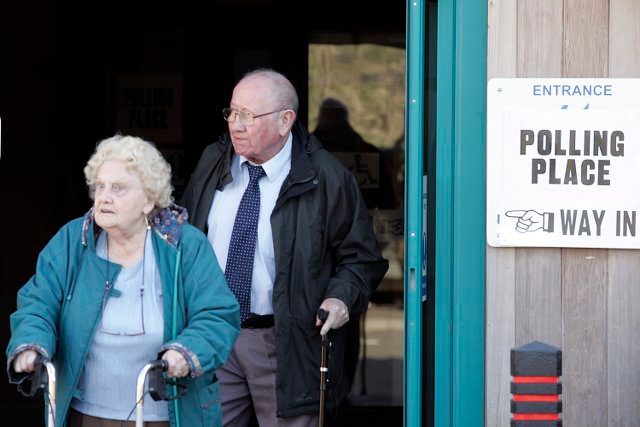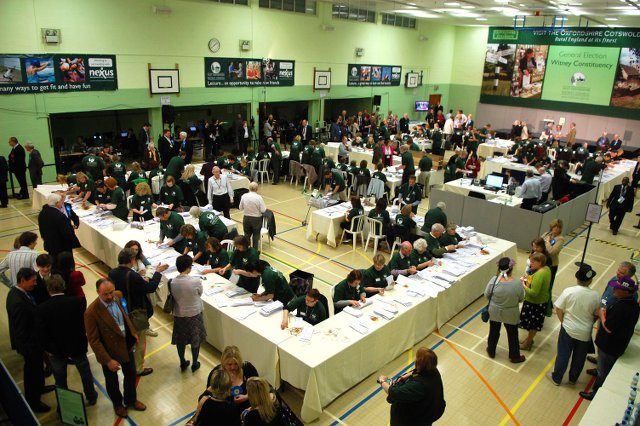SUMMARY
This is AI generated summarization, which may have errors. For context, always refer to the full article.

MANILA, Philippines – On Thursday, May 7, voters in the United Kingdom will hit the polls and elect Members of Parliament (MPs) for seats in the House of Commons, the lower parliament. This year marks the UK’s 56th general election for parliament.
Parliamentary elections in the country are held every five years beginning this year, based on the Fixed-term Parliaments Act of 2011. In previous years, the prime minister could call for elections any time he wished.
The election date (May 7, 2015) was set via the Electoral Registration and Administration Act of 2013, which mandates that the polling day be on the first Thursday of May.
There are 650 constituencies that form the political map of the UK, with each being represented by one Member of Parliament (MP) in the House of Commons:
- 533 constituencies in England
- 59 in Scotland
- 40 in Wales
- 18 in Northern Ireland
Apart from the parliamentary elections, local elections will also be held in some areas of the UK.
In terms of voter registration, this year’s election witnessed some firsts, including:
- online voter registration
- switching from group registration (one can register others in his household) to individual registration
Who can vote for prime minister?

One cannot vote directly for a prime minister the way the Philippines can vote directly for a president. Instead, voters can only choose their local MPs. Candidates for local MPs can either be independent or be fielded by any of the following parties:
- Conservative Party
- Labour Party
- Liberal Democrat Party
- UK Independence Party
- Green Party
- Scottish National Party (SNP-Scotland only)
- Welsh National Party (Plaid Cymru-Wales only)
- Democratic Unionist Party (Northern Ireland only)
- Sinn Fein (Northern Ireland only)
The leader of the party that gains the majority of seats in the parliamentary election (at least 326 seats) becomes the new prime minister, with the winning party altogether forming the new government.
Here’s a list of some of the party leaders:
- David Cameron (current Prime Minister), Conservative Party
- Nick Clegg (current Deputy Prime Minister) Liberal Democrat Party
- Nigel Farage, UK Independence Party
- Ed Milliband, Labour Party.
- Nicola Sturgeon, Scottish National Party
How to vote

An estimated 50 million registered voters can either go to polling centers on the day itself, or they can opt to send in their ballots by mail.
Postal voting is also allowed (and encouraged) for registered voters who are abroad. Application forms are available on the UK government website, and must be submitted 11 working days before the election. A ballot will be mailed to the voter, which he or she will mail back. Accomplished ballots must reach the office no later than 5 pm of the polling day.
Most voters prefer going to polling stations to vote. Most polling stations are located at schools, community centers and parish halls.
Polls open at 7:00 BST, and close at 22:00 BST.
The ballots list the candidates’ name, address, and their party. Voters simply have to draw an ‘x’ in the box next to the name of the candidate they choose.
Results

According to BBC, some seats are expected to be declared by midnight on May 7, and the final results are expected to be announced sometime in the afternoon on May 8.
But the country is gripped with ubiquitous predictions of media and political analysts foreseeing a hung parliament. It would be a repeat of what happened in 2010.
A hung parliament occurs when no single party has gained the required majority of 326 seats in the House of Commons. If this happens, incumbent Prime Minister David Cameron can remain in office — as did Gordon Brown – for five days after the 2010 polls. This ends once he relay a decision of resignation to the Queen.
Also, according to TIME: “The leader of the largest party or the leader of the party who can command the confidence of the most MPs will be asked by the Queen to form a coalition government. This involves the parties trying to agree on a platform on which they can form a government which can command a majority in the House of Commons.” – Janina Lim and Reynaldo Santos Jr, Rappler.com
SOURCES: UK government website, various news websites
Photos of Union Jack and ballot box from Shutterstock
Add a comment
How does this make you feel?
There are no comments yet. Add your comment to start the conversation.